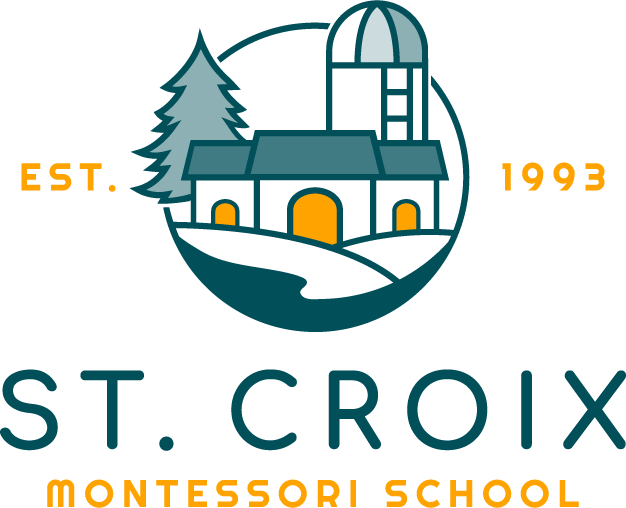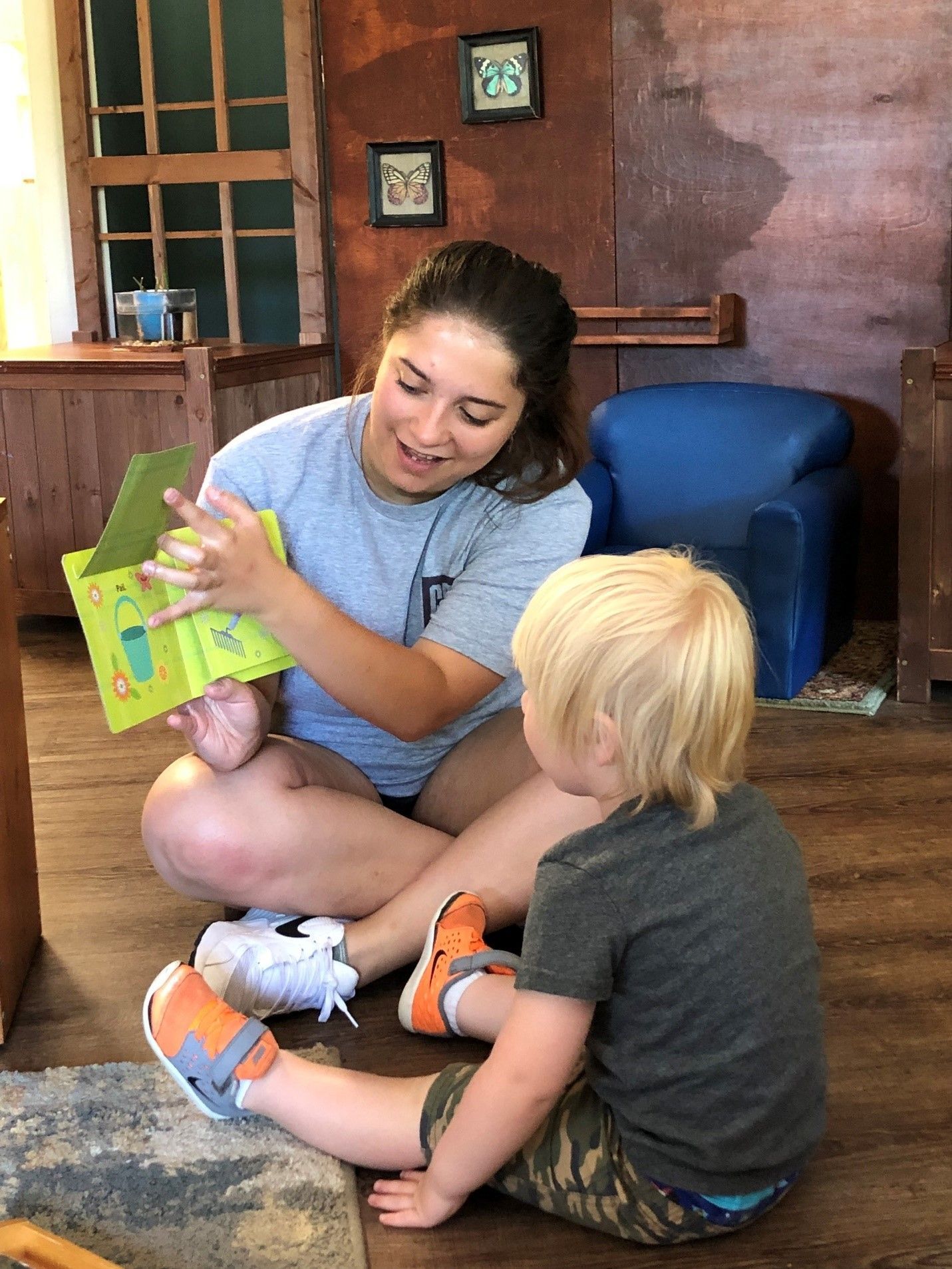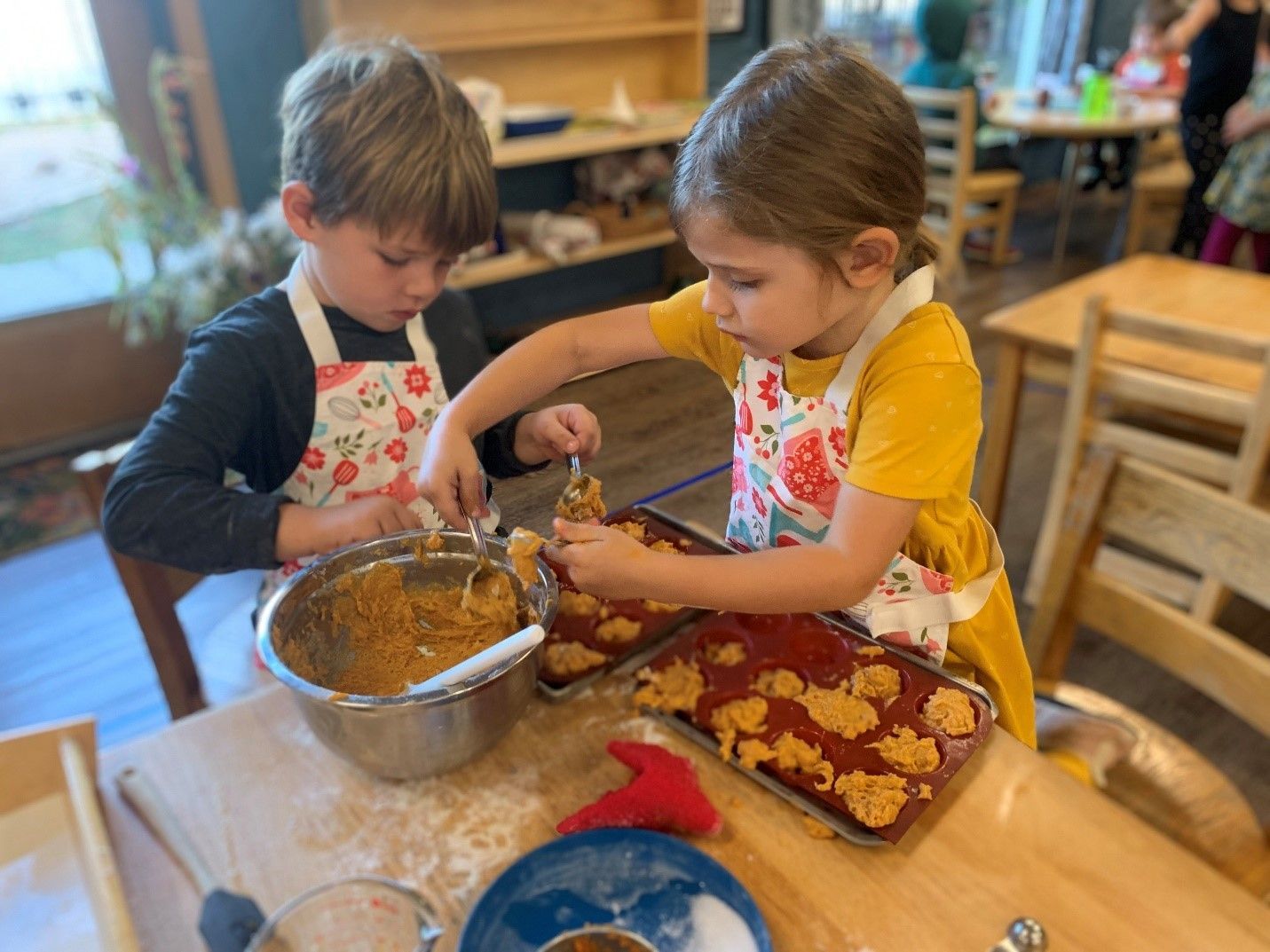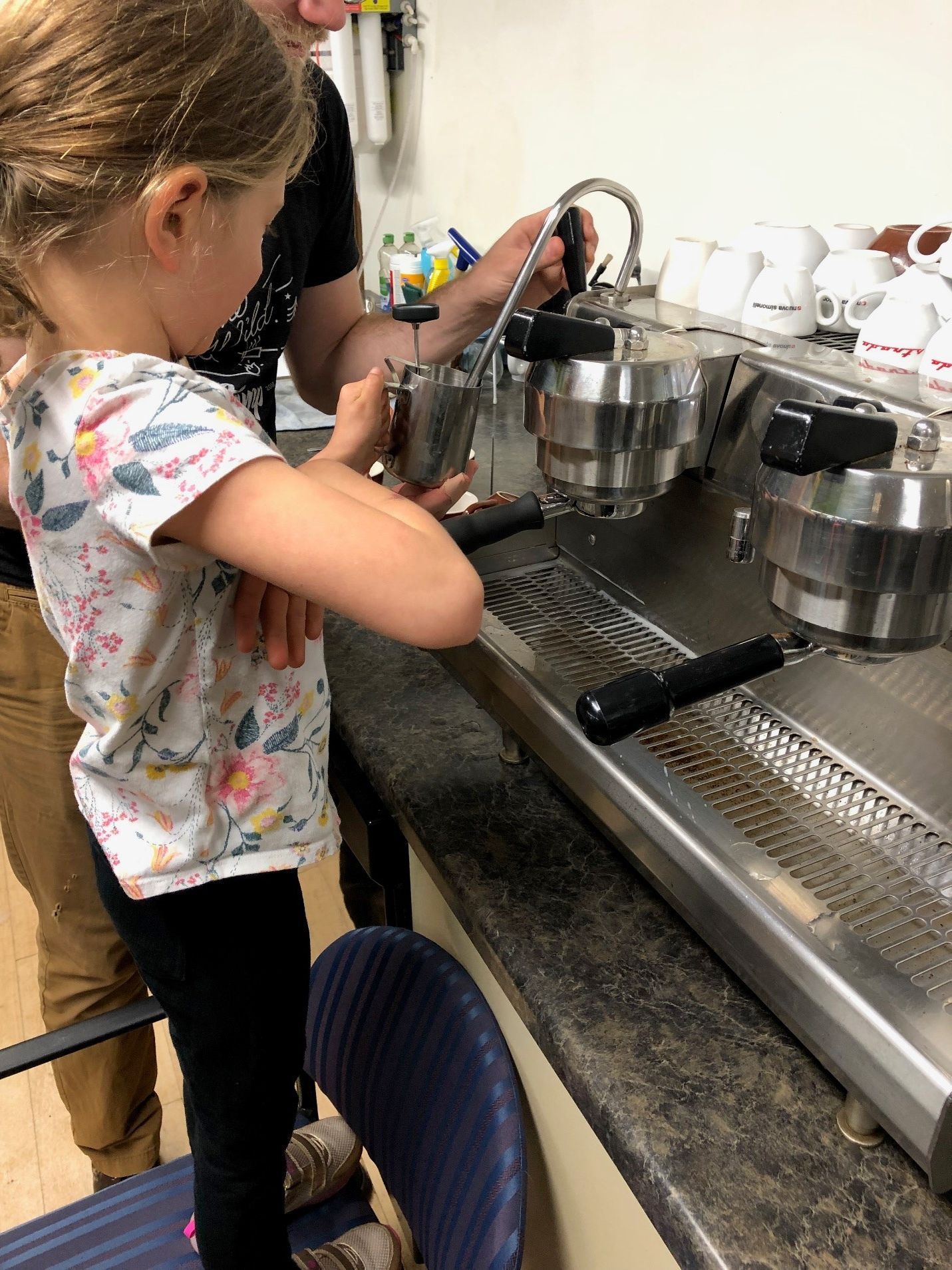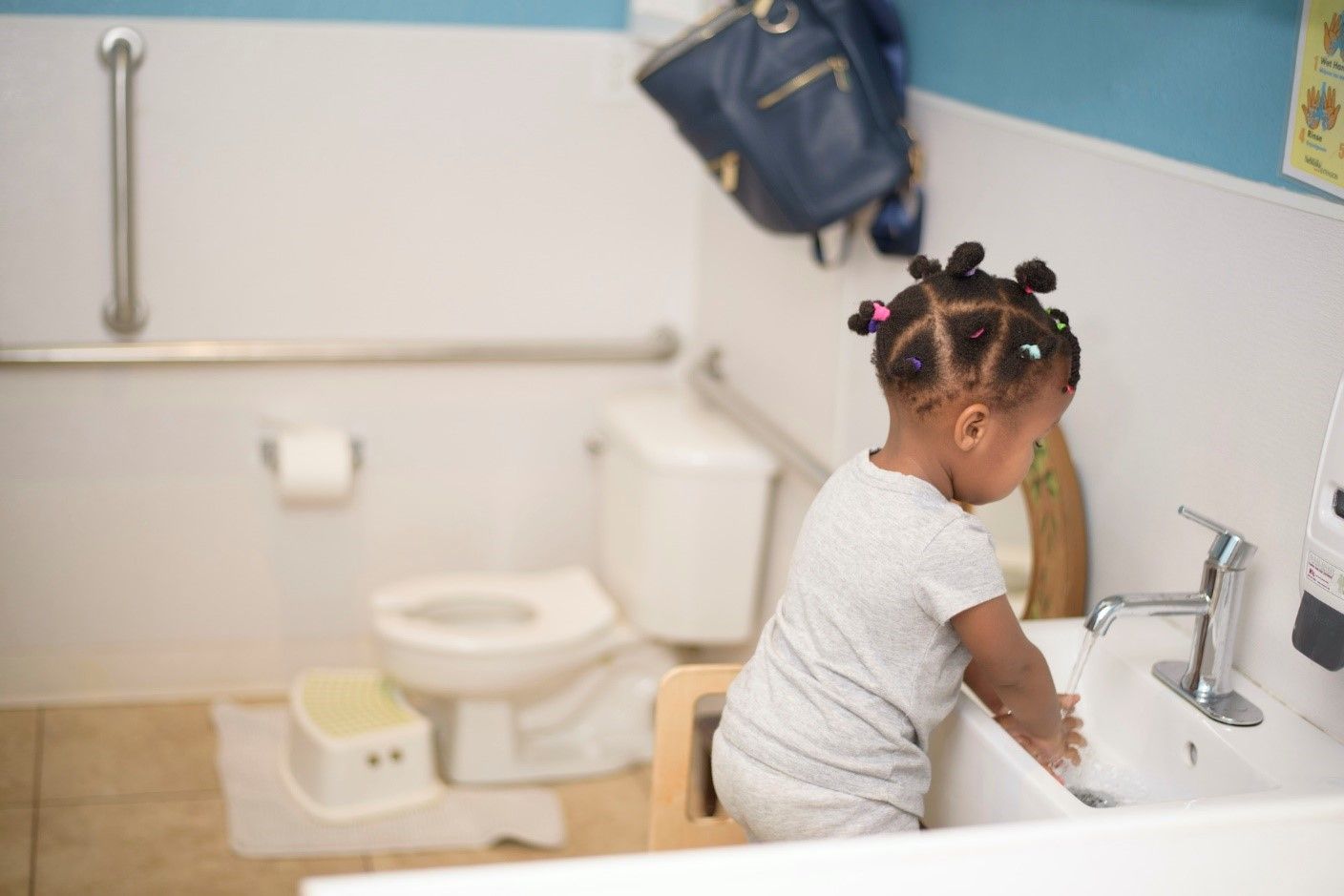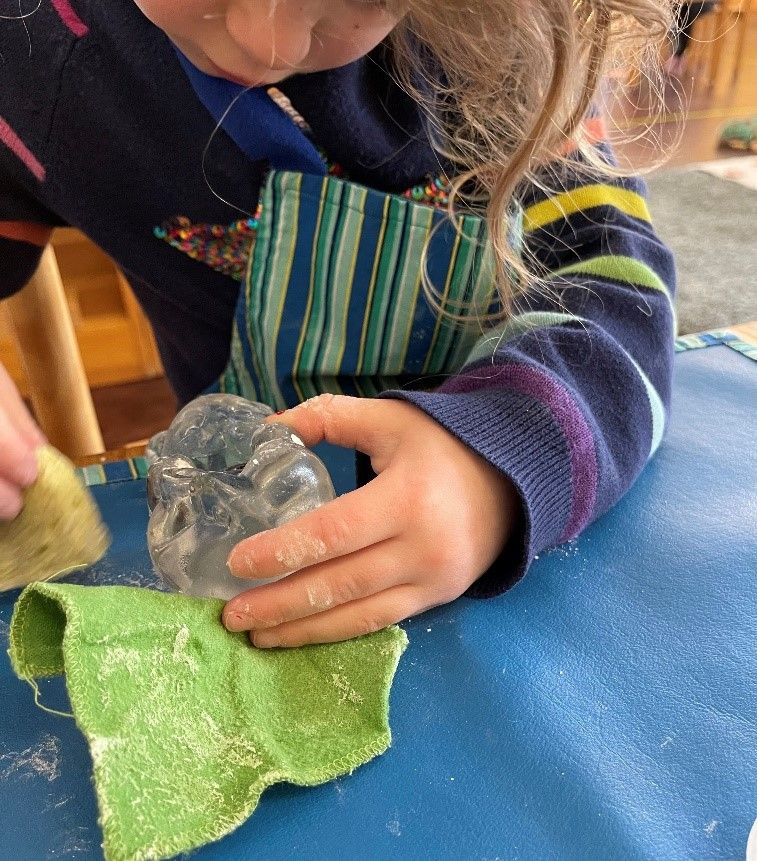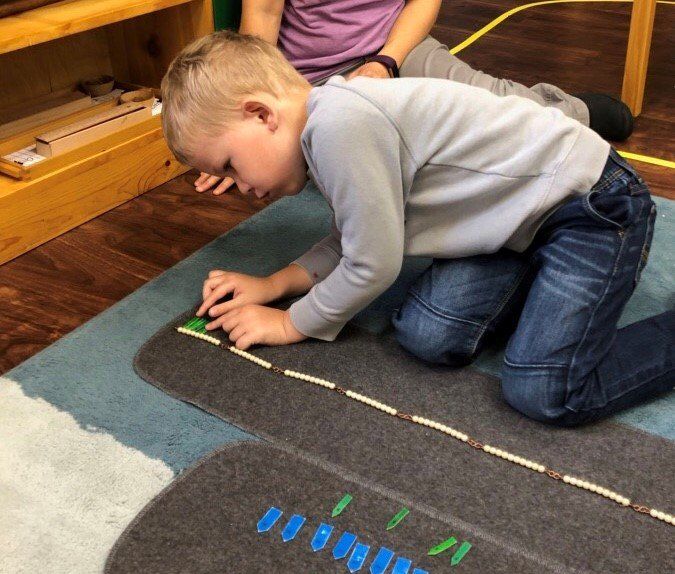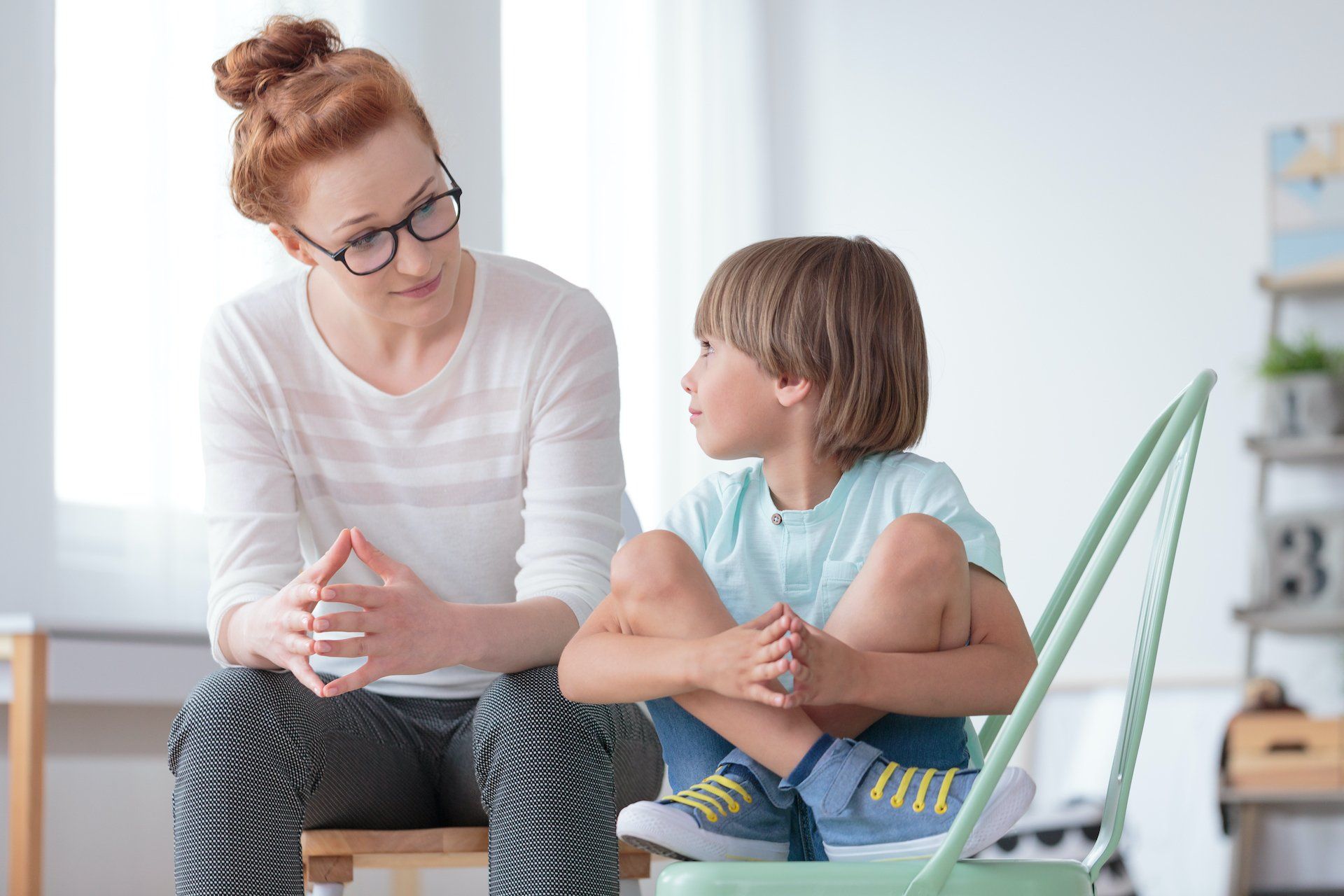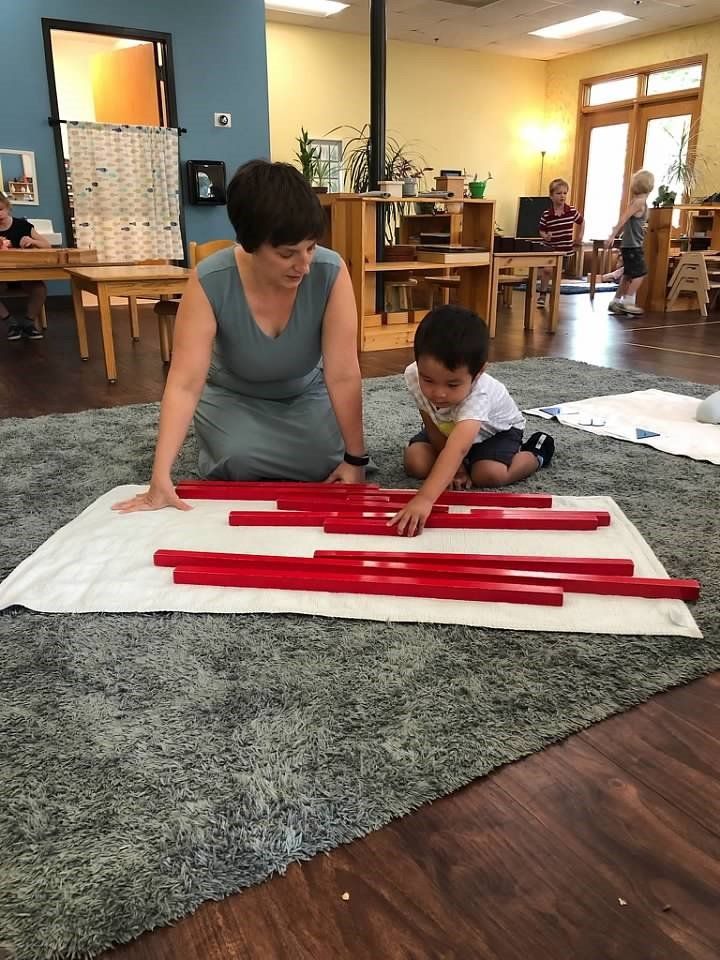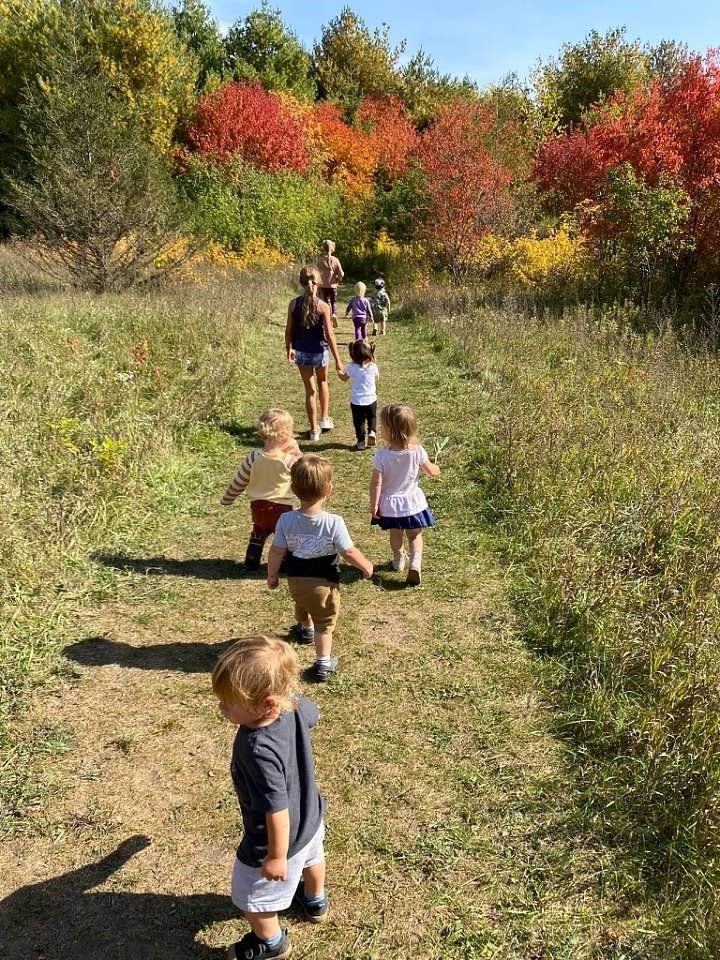Blog Layout
A Day In the Life of a Children’s House
SCMS • October 28, 2021
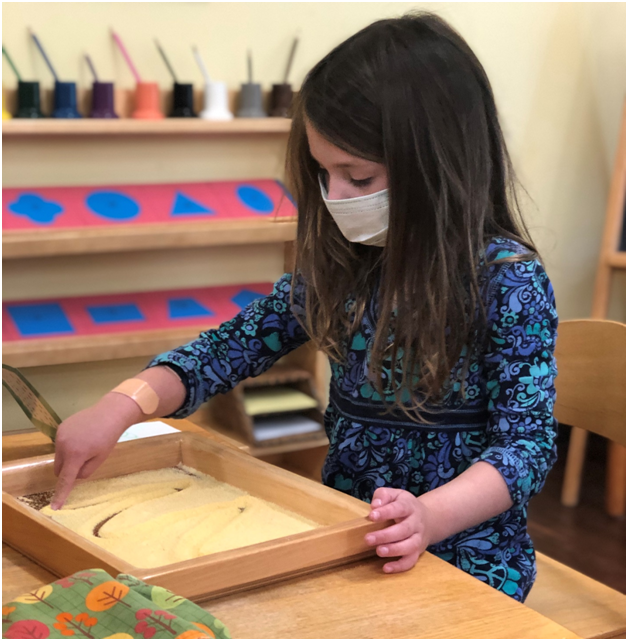
Our school has observation windows so that parents and visitors can take a peek inside without being noticed. All Montessori schools encourage adults to observe - window or not. We feel it’s the best way to fully understand what goes on, and we know every person who does so is amazed. While our children are still settling in to their new classrooms and their new routine, we hold off having parent observers until late October. In the meantime, please enjoy reading about a typical day.
Early morning, before the children arrive
The guide arrives entering the beautiful classroom environment she has prepared for the children. So much love and attention to detail has been put into the creation of this space, with small changes being made throughout the year to better serve the ever-evolving needs of the children.
The guide gets to work reviewing the plans for the day. If any materials need to be prepared (or repaired!) this is done. Pencils are sharpened and chairs set down. As colleagues trickle in they take a moment or two to check in with one another.
Drop-off time!
A flurry of cars descends upon the campus, and children hop out of back seats with bags and coats in tow. Independently, the children make their way to their classrooms, hang their own coats, and change their shoes. The classroom assistant stands in the doorway, and they cheerfully (or sleepily) greet one another with a smile.
The child walks through the doorway, is greeted by the guide, takes in the sight of the room, and prepares to work.
The morning work cycle
The first three hours of each day is dedicated to the morning work cycle. This allows children to sink deeply into their work, and the flexible schedule means children will transition as they are ready and will work independently according to their own personal needs.
A three-year-old sits on a large area rug, with a work mat beneath the pink tower, which she is carefully stacking higher and higher. She carefully compares the sizes of the cubes, making adjustments as needed so that they become smaller as they ascend.
A four-year-olds sits at a table, working in silence to create a world map using watercolor He carefully traces the map pieces, placing them in their correct spot on the map. Ever so carefully they are painted in and the finishing touch is to add the oceans to the map.
At the next table over, the guide is sitting with a five-year-old to give an initial lesson with the stamp game material. This particular child has an affinity for math and is ready to move on to more challenging work. Today they will begin adding larger numbers.
Two friends have decided they need a break. They have been enjoying a snack together at a designated table, and as they finish, they clean up the space to prepare it for the next child.
The classroom is not silent by any means. There is a gentle hum, with most working quietly. They all seem engaged in whatever they are doing - even the very youngest students. One small child is seen wandering around the room. They aren’t working, but they aren’t disturbing the work of anyone else, either. This goes on for about ten minutes or so, at which point they select a material from the shelf and get started. They were able to move around and take the time they needed to transition, and they were trusted to make their own decisions.
Transition to midday
As the clock nears eleven thirty, the work cycle draws to a close. Children enrolled in a half-day program put their materials carefully on the shelves and get ready to head home.
As for the others, the next 1 ½ hours or so is generally spent preparing the room for lunch, eating and spending time outdoors. At lunch, the children sit alone or together with one other friend and unpack their meals onto small cloth placemats. There is laughter, sweet conversation, and a chance to refuel after the hard work of the morning.
With some guidance and reminders, the children clean up their own space, wash the table, and sweep the floor beneath.
Outside, the children become lost in a different type of play. They run, skip, and balance. They navigate social situations. They are mostly independent, but there is always an adult nearby in case help is needed with a scraped knee or solving a misunderstanding with friends.
The afternoon
For the youngest children, the early afternoon is the perfect time to rest. Whether they fall asleep for a nap or just lie quietly with their thoughts, the time is set aside for them to do so. Lights are dimmed, and each child curls up.
Meanwhile, in the classroom, older children are back to work. When they first enter, they gather on the rug, seated and anxiously awaiting their teacher to join them with a book. They listen, enchanted, to a story read aloud. After several chapters, the teacher marks the page with a bookmark, and the group disperses.
One small group gathers supplies and meets back on the rug for a lesson about vertebrates and invertebrates. They discuss our alpaca’s and donkeys. Then they sort photos or different animals, deciding which have spines, and which do not.
At various tables and rugs, other children are writing stories with the movable alphabet or on paper. They put great care into their work and enjoy illustrating their stories with the colored pencils or watercolors available to them in the art cache.
After a bit, the younger children filter back into the classroom from their rest time and find their own way into the work. This continues until it is time to go.
Farewell to the children & preparation for tomorrow
A gentle bell chimes in the room, signaling to the children that it is time to clean up. Work mats are rolled, materials are placed on shelves. Some children can be seen sweeping while others stack chairs. One little boy waters a small plant in the corner, while a girl spends some time in the library placing books in a neat and orderly row on shelf.
One by one the children file into the hallway to gather their things. They head outside and wave a happy goodbye to their friends and teacher as they climb into the car to go home for the day.
Once the last child has skipped off, the guide returns to the classroom. The children have made great progress this year in cleaning up, so after tidying a few areas she can focus on planning for the next day. Shelves straightened, crayons returned to their proper place, and a single forgotten pretzel placed in the compost bin, and the room is restored.
Another great day, full of joyful learning.
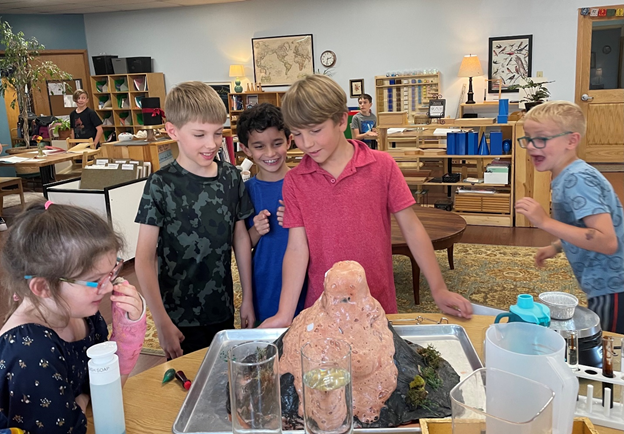
By St. Croix Montessori School
•
October 10, 2022
When children enter a Montessori elementary classroom around age six, they have undergone a great transformation. Whereas they previously wanted and needed to explore their immediate environment on a sensorial level, now they want and need to explore by using their intellect and imagination. The study of geography takes on a whole new meaning at this age when children are fascinated by the smallest particles and the largest stars. They want to know why the seasons differ in the Northern and Southern Hemispheres. They are curious about what made the Grand Canyon. They want to know why ocean currents affect the weather. This desire to know why propels children to discover relationships and functions, not just learn facts. They are also fascinated by the extreme and the outstanding. They are drawn to the very large and the very small. They ask Why? What for? How is this related? The Universe Elementary-age children have a consuming interest in everything! To cater to this all-embracing thirst for the reasons of everything, we begin with the universe. One of the earliest lessons we introduce is the story of the universe. From this first story, children are delighted by a myriad of lessons and activities which fall under the general heading of ‘geography.' Beginning with the universe gives elementary children a big-picture context. In Montessori, rather than encountering bits of disconnected knowledge, children learn about the order and harmony of the universe, as well as the relationships that exist between all things. “If the idea of the universe be presented to the child in the right way, it will do more for him than just arouse his interest, for it will create in him admiration and wonder, a feeling loftier than any interest and more satisfying. The child's mind then will become fixed and can work. The knowledge he then acquires is organized and systematic; his intelligence becomes whole and complete because of the vision of the whole that has been presented to him and his interest spreads to all, for all are linked and have their place in the universe on which his mind is centered.” — Dr. Maria Montessori, To Educate the Human Potential. Constructing Understanding Dr. Montessori observed that children around the world tended to ask similar questions at this age. The geography presentations and lessons support these fundamental reoccurring questions. Our goal is to help elementary children have an explosion into understanding. However, this kind of understanding does not come from adults explaining everything. Instead, we give children experiences and just enough information so they can find out more and make associations. When children make their own connections, real and lasting understanding happens. Even better, the children respond with enthusiasm and excitement! Geography Topics Children in a Montessori classroom do not encounter subjects grouped under curricular headings. Subjects are integrated because children are building their minds. They are exploring their world, rather than the chapters of a textbook. Although there is a structure in the classroom environment, children have the opportunity to explore different many different aspects of geography including: Space, Earth, and the Universe Composition of the Earth Nature of the Elements Sun and Earth Work of Air Work of Water Life on the Land Interdependencies Economic Geography The lessons we present, and the resulting children’s explorations, lead into astronomy, physics, chemistry, meteorology, geology, and more. For example, as we look more closely at how the earth revolves around the sun, children learn about solstices and seasons, climatic zones, and flora and fauna found in particular regions. Aids to Understanding For each topic, we provide imaginative aids, often in the form of stories, colorful impressive charts, and a variety of experiments. Many of these instructive aids have been selected to provide impressions, not just facts. The aim of our geography presentations is to intrigue the children and spark their imagination. We want them to be inspired to find out more! We concentrate on giving key information, discussing reasons, and illustrating details, all of which draw children’s attention to certain phenomena. Once interest is there, children want to learn as much as they can. It is as if we are giving elementary students keys to knowledge and understanding. Once they have the keys, they can open doors and continue their explorations. Geography is a vibrant aspect of the Montessori elementary and generates spontaneous, active, self-renewing interest! A love of learning blossoms in the children, and many develop a lifelong fascination with elements of geography. We invite you to visit our school to learn more about our Montessori approach to Elementary Education.
PROGRAMS
© 2025
St. Croix Montessori School
© 2025
Nido Montessori School
